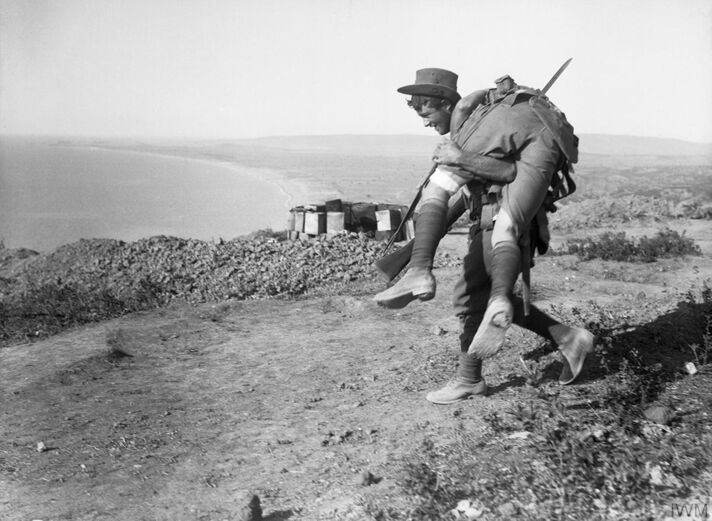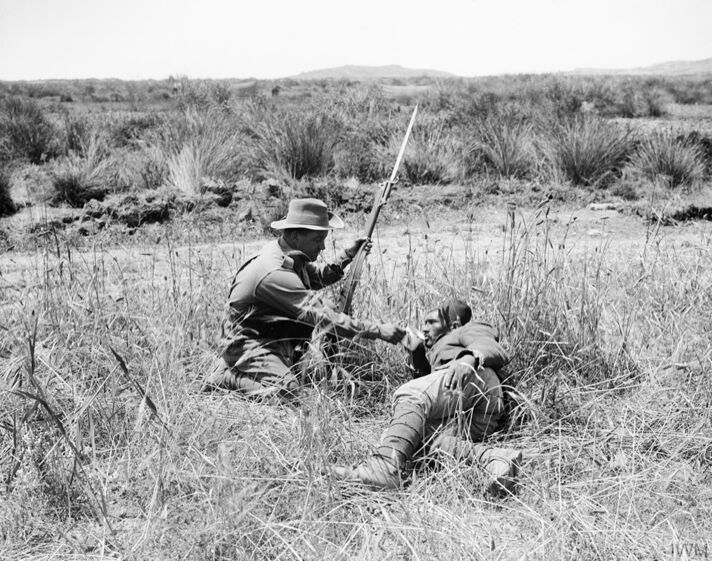They died so that we may live

On Friday we commemorate those who gave their lives and service for Australia in all the major conflicts. Anzac Day is not a celebration of war but a day of remembrance. A day to be grateful for those who gave the ultimate sacrifice.
The spirit of the Anzac began in World War 1. A war that should never have happened. Europe and much of the world stumbled into the conflict after the assassination of Archduke Franz Ferdinand in June 1914. Gallipoli was an unmitigated debacle, and the trench warfare on the battlefields of Europe was just as calamitous.
For the vast majority of the 16,000 Australians and New Zealanders who landed at Anzac Cove on the Gallipoli Peninsula in 2015 it was their first experience of combat. By the end of the first day, 2,000 had been killed or wounded.
As Charles Bean, the official war correspondent so eloquently wrote: “It lay in the mettle of the men themselves. To be the sort of man who would give way when his mates were trusting to his firmness … to live the rest of his life haunted by the knowledge that he had set his hand to a soldier’s task and had lacked the grit to carry it through – that was the prospect these men could not face. Life was very dear, but life was not worth living unless they could be true to their idea of Australian manhood.”
Anyone who has studied the period or watched movies and television series about WW1 could only agree that the loss of life was appalling … and futile.
In Europe, neither the Germans nor the Allies gained much territory in the trenches after four years of fighting, and yet the cost in human life was appalling. About 20 million people were killed and another 21 million were wounded, many of them on the Western Front.
The trenches stretched well over 500 kilometres from the English Channel to the Swiss Alps. If machine gun fire, mortar and mustard gas didn’t kill the soldiers, diseases such as trench foot were often fatal.

The Australian death toll in WW1 was about 62,000 while New Zealand casualties were estimated at around 18,000. Anzac Day does not glorify war but allows us to remember the brave men and women who left our shores and never returned home.
‘The Gallipoli campaign was a military failure but the characteristics that the Anzacs displayed throughout the campaign – bravery, ingenuity, endurance and mateship – have come to be celebrated as defining characteristics of the Australian personality.’ National Museum Australia.
Feature image: An Australian carrying a wounded mate down to a medical aid post on Walkers Ridge Gallipoli, 1915. The photographer was Lieutenant Ernest Brooks.
Second Image: An Australian infantryman gives a drink to a wounded Turkish soldier during the Gallipoli Campaign, 1915.
Images from the Ministry of Information First World War Official Collection.
We encourage you to share and use this material on your own website. However, when using materials from Majellan Media’s website, please include the following in your citation: Sourced from www.majellan.media
